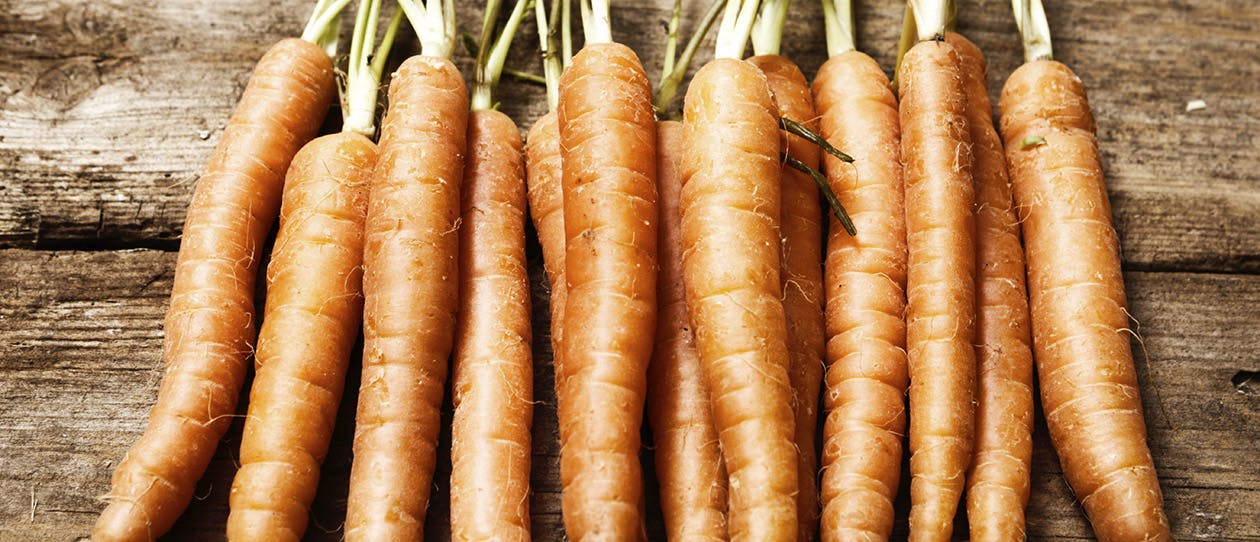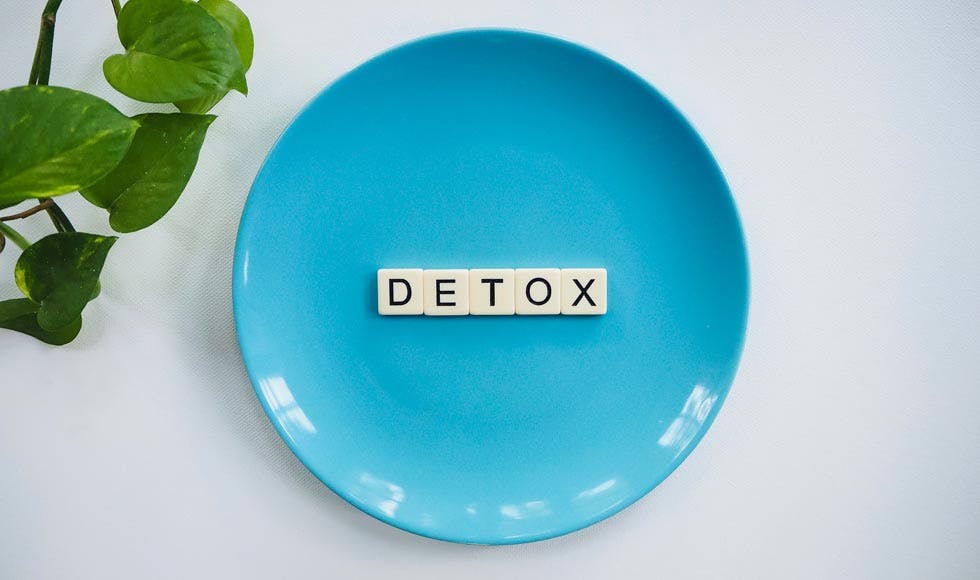
- Health hub/
- Weight management/
- Using the Glycaemic index for weight loss


Carbohydrates are no longer complex
It wasn’t that long ago that carbohydrates were categorised as either simple or complex. But when the glycaemic index (GI) showed us that white rice is absorbed quicker than honey, the way we looked at carbohydrates change forever. This year marks the 30th birthday of the glycaemic index, and it’s a good opportunity to reflect on what it is, and how it can help you lose weight.
Why does it matter how fast we absorb carbohydrates?
Carbohydrate based foods such fruits, vegetables and grains (and foods made from grains such as bread, pasta, rice and breakfast cereals) are made up of starch, sugars and fibre, and their sugars are released at various rates into the bloodstream. Foods that cause a rapid rise in blood sugar (high GI foods) stimulate the release of insulin from the pancreas, which helps the body to store blood sugar and lower the level of sugar in the blood. After the blood sugar levels drop, it’s not uncommon for people to feel tired and hungry. Insulin is also the hormone that triggers the storage of dietary fat into the fat cells. Alternatively, foods that take longer to digest (low GI foods) deliver a much slower release, or a gradual drip, of blood sugar. This minimises the need for insulin, while also helping to maximise energy levels and prevent hunger. The longer it takes to digest and absorb your food, the longer it takes before hunger strikes again. Carbohydrate foods are not the enemy when it comes to weight control, but it is important to focus on quality carbohydrates with a low GI.
The proven weight loss and health benefits of a low GI diet
A study published in the Archives of Internal Medicine compared the weight loss effects over 12 weeks of four different diets that contained low and high GI foods. The study randomly assigned 129 overweight subjects into diet groups that were all low kilojoule, low fat and high in fibre. The four diets differed in their carbohydrate and protein content, and included a high carbohydrate- high GI group, a high carbohydrate- low GI group, a high protein- high GI group, and a high protein- low GI group.
With the two high-carbohydrate diets, lowering the glycaemic index virtually doubled the amount of fat loss, especially in the women. The high protein-high GI also achieved significant weight loss, although it was concluded that a high protein-low GI still achieved weight loss with potentially better outcomes from a cardiovascular health perspective. That’s because the high protein, high-GI group showed increased levels of LDL or 'bad' cholesterol, while there were significant reductions in LDL cholesterol in subjects on the high carbohydrate, low-GI diet.
Practical tips on how to follow a low GI eating plan
There are a variety of strategies you can adopt to lower the GI of your diet, including the following.
- Focus on improving the quality of your carbohydrates, rather than eliminating them. Increase your intake of low GI foods (legumes, oats, grainy breads, water rich vegetables) while cutting back on high GI carbohydrates (white bread, white rice, highly processed breakfast cereals). Cutting out all carbohydrates will actually deprive you of foods that provide energy, taste good, improve bowel health, reduce cholesterol, and supply a wide range of vitamins, minerals and antioxidants.
- Fibre slows down the digestion of carbohydrate foods and helps to lower GI. For example, fruit and vegetables eaten with the skin on (carrots, potatoes, apples, and pears) have a lower GI compared to when the skin is removed.
- Combine carbohydrate foods with a source of lean protein. It helps to slow down the digestion of starchy foods and reduces the overall GI of a meal. Dietary fats also slow down the rate that foods leave the stomach, lowering their GI. Include moderate amounts of healthy fats in your diet, such as nuts, olive oil and avocado.
- Some supermarket food labels now contain a GI symbol which makes it easier to choose low GI foods. These foods have been tested using approved methods, and will indicate if the food is 'high', 'medium' or 'low' GI. To find out more about the GI Symbol Program, logon to www.gisymbol.com
- The internet is a great resource for finding out the GI value of most foods. To view GI values for over 1000 foods on Australian supermarket shelves go to www.glycemic index.com
References available upon request




